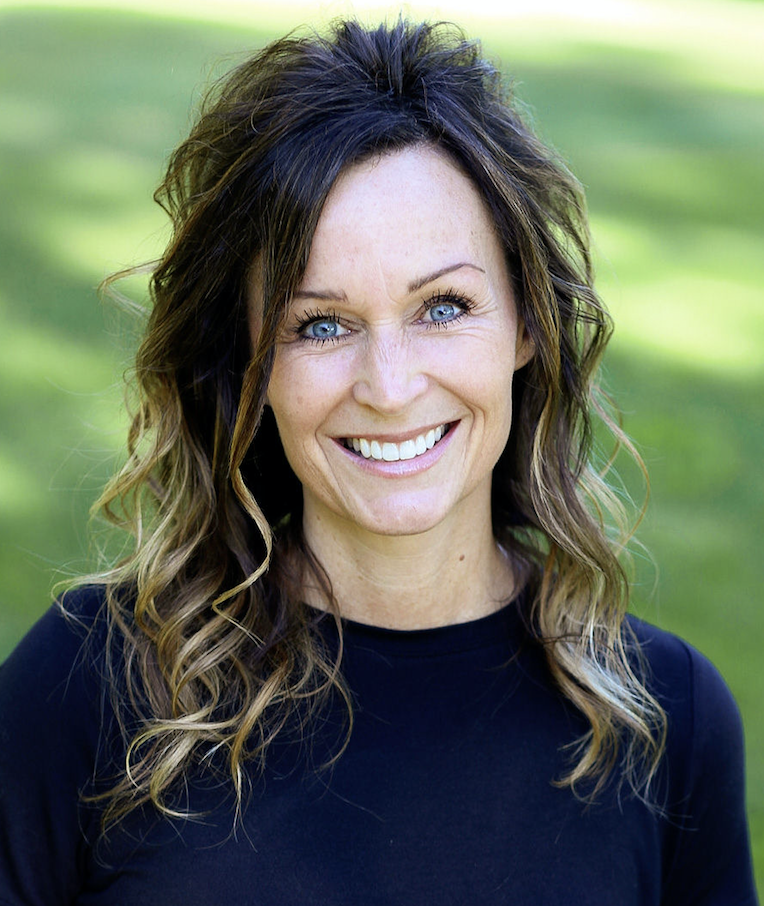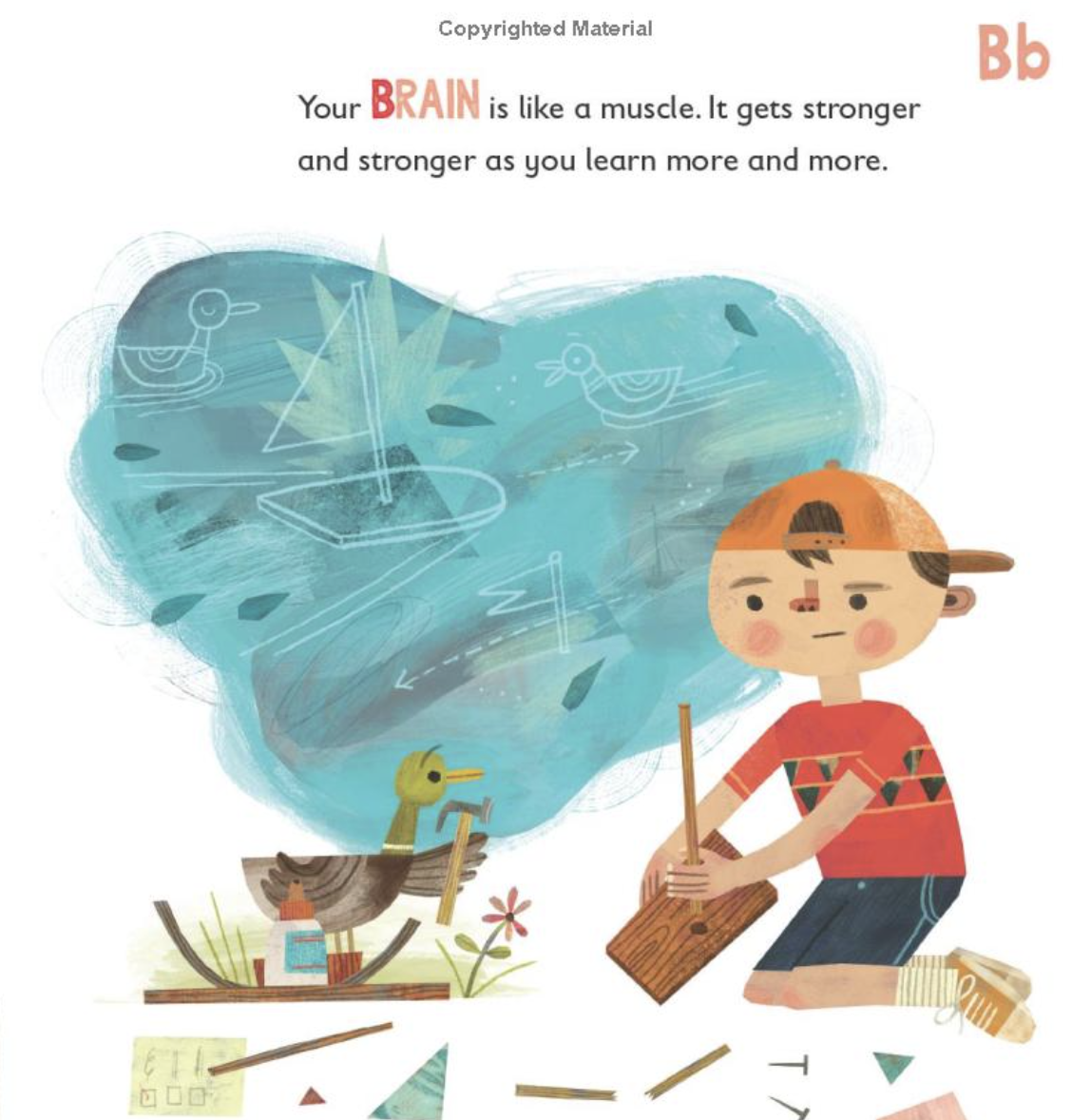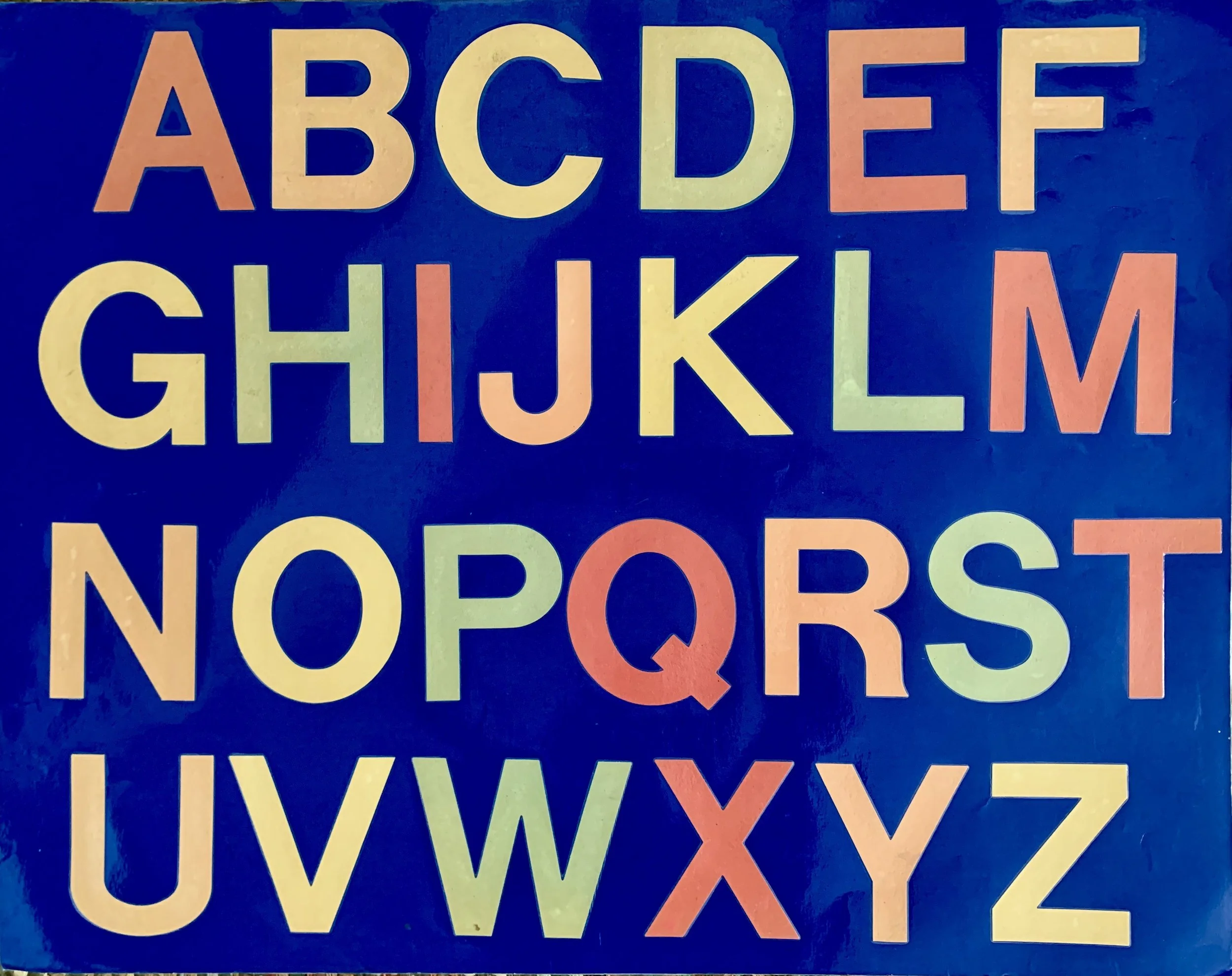Using the Alphabet to Structure Your Concept Book with Shannon Anderson
We are so excited to have Shannon Anderson join us today to share information about Concept Books.
Shannon Anderson has taught for 25 years, from first grade through college level. She is now an award-winning children's book author with over 15 published books so far. She served as the Regional Advisor for the Indiana SCBWI and was named one of the 10 teachers who "awed and inspired" the Today Show in 2019. Shannon loves to do author visits, present at conferences, and provide PD for teachers. You can learn about her at www.shannonisteaching.com.
Idea
When I set out to write Y is for Yet, I really wanted to share as much as I could about growth mindset. I’m passionate about inspiring kids to believe in themselves and to embrace their mistakes as part of the process of learning. As a teacher and parent, I had so many things I wanted to include that I decided an alphabet book would be perfect. I would have 26 different letters to use as vehicles to deliver all of the information!
Research
I reread Carol Dweck’s Book, Mindset, along with many children’s books on the topic. I watched every Ted Talk and video I could find about growth mindset. Now full of ideas, I dusted off my ABC board I used to use in the classroom and started filling it with sticky notes. I had to have a key term to go with each letter. Some letters had lots of sticky notes and others were harder to figure out.
Planning & Plotting
Once I had a word for each letter, I had some decisions to make. Did I want to just define the terms? Did I want to use a question and answer format? I needed some kind of hook or device. I could have each page rhyme, or have a narrative arc, or create some kind of cumulative effect. I ultimately decided on some key “characters” who were all learning different skills that would be shown in a progression throughout the book. My publisher liked the idea and encouraged me to make illustration suggestions for specific skills kids could be working on.
Some of my scenarios included kids learning to do things like growing plants, archery, martial arts, teaching a dog a trick, painting, tennis, knitting, learning a new language, and more. The illustrator, Jacob Souva, did an AMAZING job capturing the learning progressions beautifully.
Next, I wrote a brief introduction and conclusion, as well as a few pages of back matter. I wanted teachers and caregivers to have more information about growth mindset to expand on and some extension activities to use after reading the book.
Extras
One activity that goes perfectly with the book is for kids to create their own growth mindset alphabet book using the same process I did. Teachers can use an ABC board and have kids brainstorm on sticky notes. (They don’t have to use the same words I did in the book; they can come up with their own.) Each student can choose a sticky note to then create their own page for their class book. This is a great way to remember what they have learned and apply it through the creation of their own special book.
Parting Thoughts
Creating an alphabet book to explore a concept is a fun way to share a lot of great information in a familiar structure. Since there are a lot of alphabet books out there, the key is to make yours different in some way. How can you give yours a special hook?







